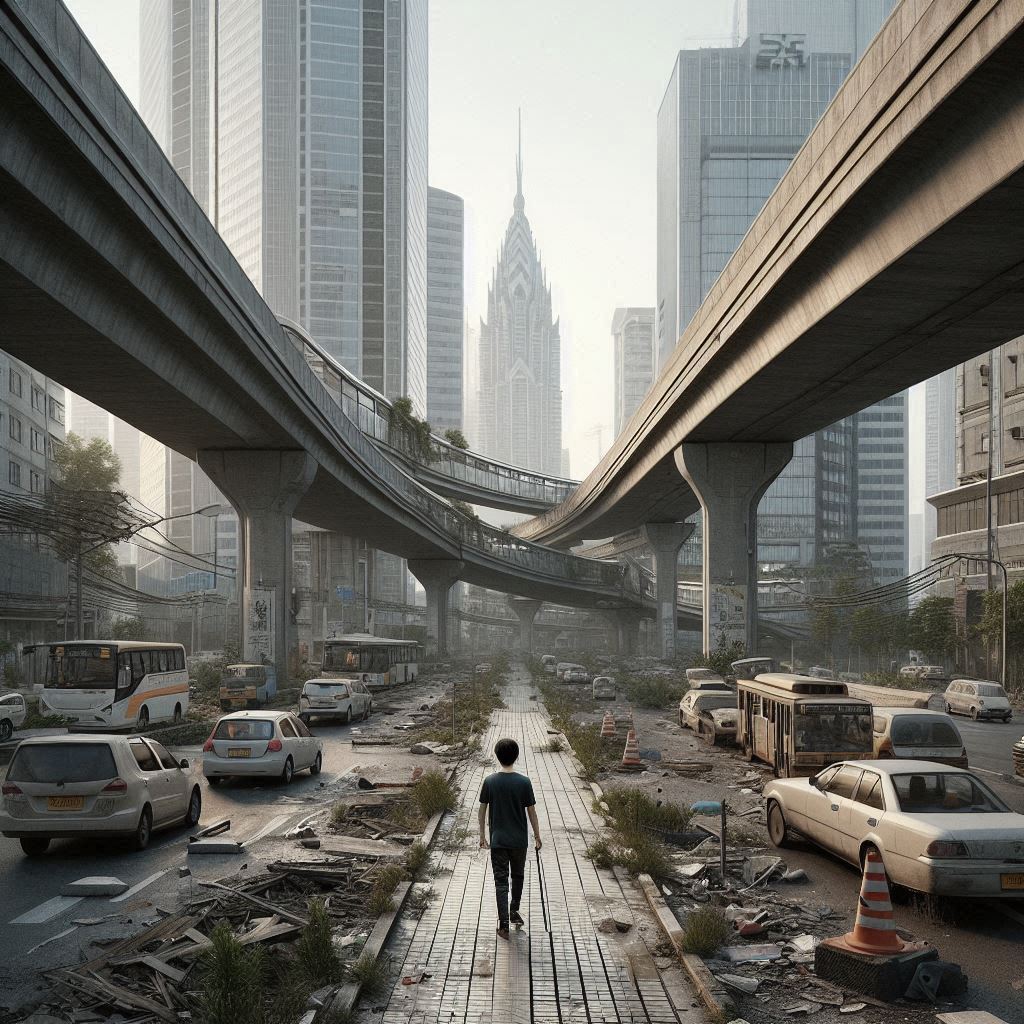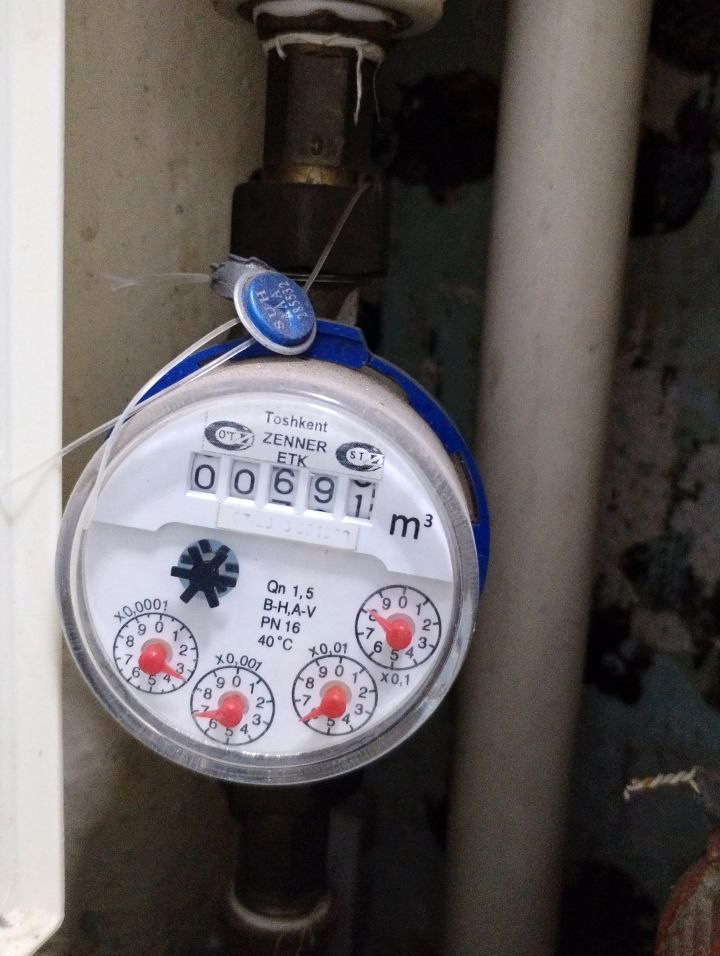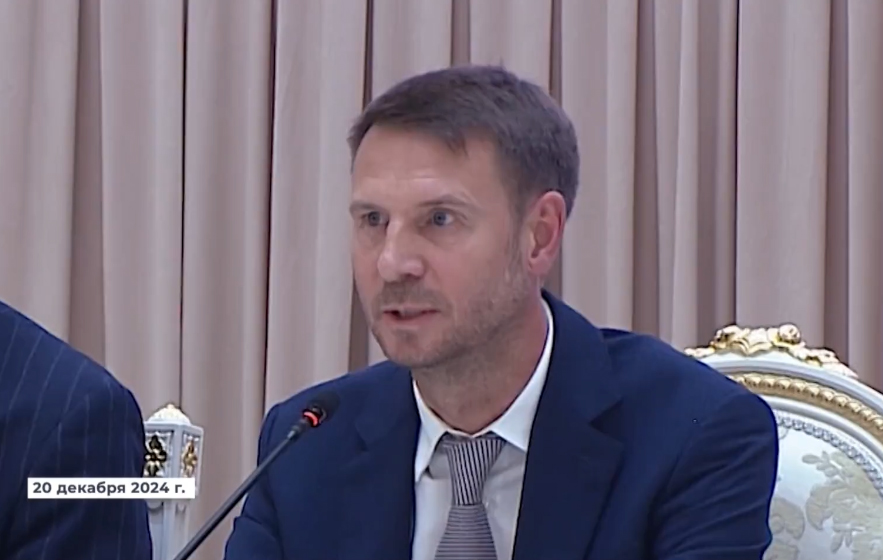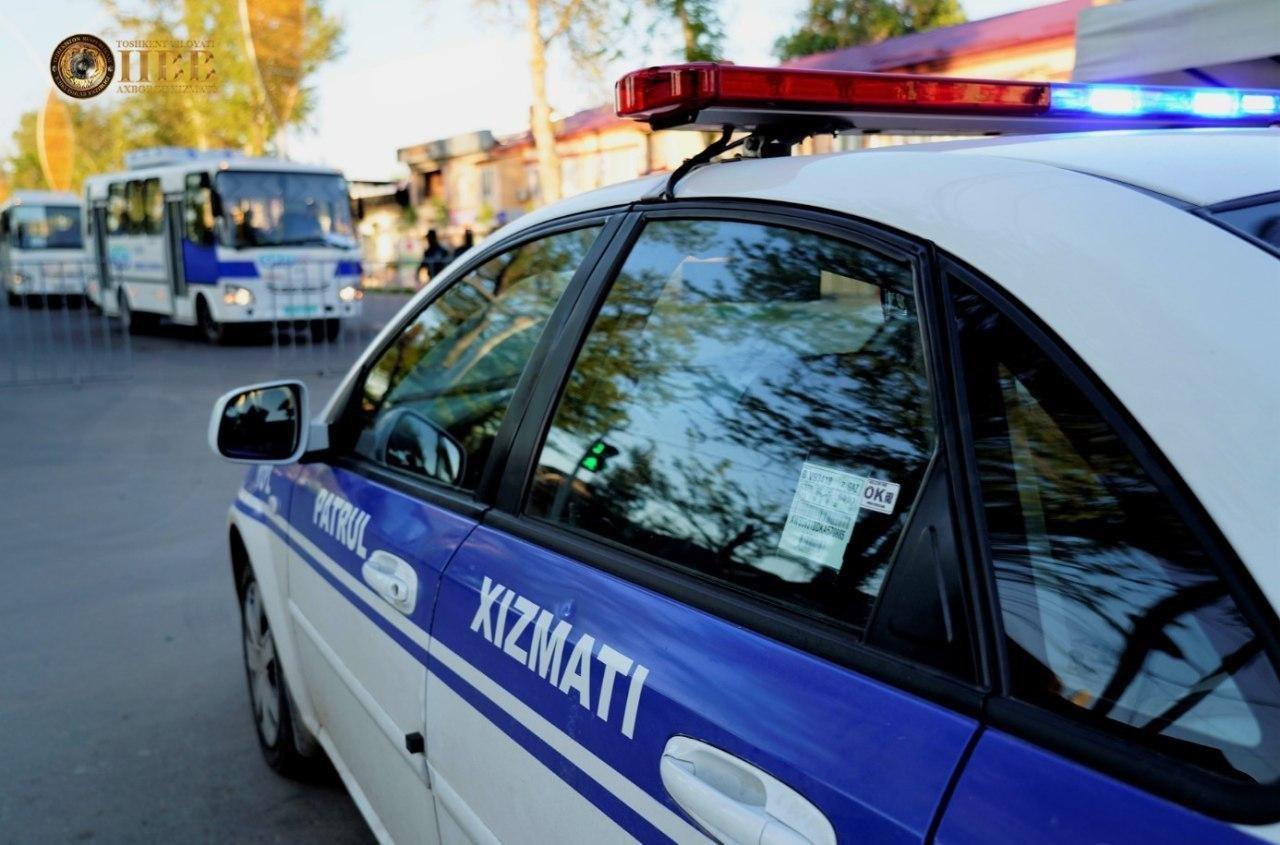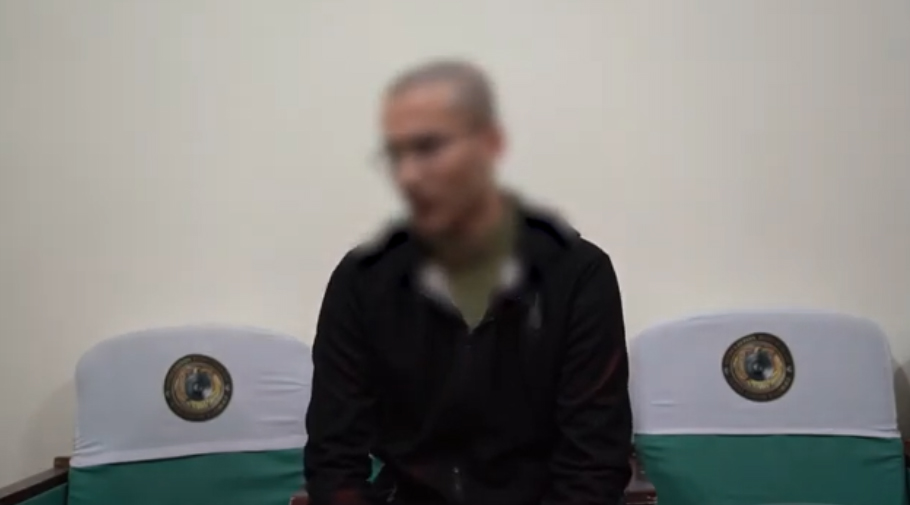This article is also available in:
Русский (Russian)
Uzbek
In Uzbekistan, a troubling situation has developed: pedestrians are increasingly becoming “invisible” on the roads, while drivers hold all the power. Every time a traffic accident occurs in the country, law enforcement agencies in their information releases and videos seem to imply that pedestrians are at fault—they “jumped onto the road” or “crossed in the wrong place.” However, the authorities fail to mention a key factor: the problematic and poorly planned infrastructure that does not allow pedestrians to cross roads safely. Where are the promised pedestrian crossings with traffic lights? Where is the proper lighting at existing crosswalks? Why do cars not yield to pedestrians crossing the roads at pedestrian crossings? And this list of questions can go on for a very long time…
Error Upon Error
Unfortunately, most roads in Uzbekistan are designed in such a way that people are forced to find ways to cross multi-lane highways because there are no pedestrian crossings. This creates dangerous situations and increases the risk of accidents.
The situation is exacerbated by developers who, in their rush for quick profits, completely disregard pedestrians. In Tashkent and other major cities in the country, there is large-scale construction. However, construction companies often block off sidewalks, forcing pedestrians to walk on the road. This is not only inconvenient but also extremely dangerous. And, most sadly, no one seems to care.
The worst part is that cities in Uzbekistan are developing on the principle of prioritizing motorists over pedestrians. This is why multi-lane highways and interchanges are being built everywhere, which makes life even more difficult for pedestrians. Such infrastructure creates a situation where cars have all the conveniences for movement, while pedestrians are left on the sidelines, both literally and figuratively.
Neglecting the needs of pedestrians leads to an increase in traffic accidents involving them. Without safe pedestrian crossings and sidewalks, the risk of accidents is significantly heightened. Moreover, the development of car-oriented infrastructure increases the number of cars on the roads, which in turn leads to higher emissions of harmful substances and deteriorating air quality.
We must not forget about the social inequality created by prioritizing motorists. Many people in Uzbekistan cannot afford a car and rely on public transportation and walking. Ignoring their needs exacerbates social injustice.
Another important fact is that a city environment oriented towards cars becomes less livable. Noise, pollution, and the lack of safe zones for pedestrians make cities less comfortable for their residents.
Unsuccessful Examples
Apparently, we are rapidly heading towards a bright future already built in Detroit. This American city, once known as the heart of the American automobile industry, today symbolizes urban decay. Once a thriving city, it fell victim to its own car-oriented infrastructure, leading to economic and social crisis.
After World War II, Detroit experienced an economic boom. The automobile industry flourished, and urban infrastructure developed with the growing number of cars in mind. Multi-lane highways, interchanges, and parking lots were built, making Detroit one of the most convenient cities for motorists. However, the first signs of crisis began to appear even then.
The development of car infrastructure led to the decline of public transportation and the destruction of urban neighborhoods. Highways cut through the city, making pedestrian movement almost impossible. The urban environment became less comfortable for living, leading to an exodus of the population to the suburbs. Does this sound familiar?
By the early 21st century, Detroit had turned into a ghost town. The population had shrunk from 1.8 million to less than 700,000 people. Abandoned houses, empty skyscrapers, and ruined factories became commonplace. The multi-lane highways, once symbols of progress, became deserted roads leading nowhere.
In recent years, Detroit has been making efforts to revive the city. One of the key directions has been the restoration of urban infrastructure with a focus on pedestrians and cyclists. Projects are being implemented to create green zones, repair public transport, and build pedestrian paths. However, the recovery process is slow and requires significant efforts and investments.
Detroit’s story is a lesson for other cities, showing that excessive development of car infrastructure can lead to the destruction of urban environments and economic decline. Today, many cities around the world are learning from this story and striving to create balanced urban infrastructure where the interests of pedestrians and cyclists are considered on par with those of motorists. Unfortunately, Tashkent authorities seem not to learn from others’ mistakes.
What to Do?
To change the situation, it is necessary to rethink the approach to urban planning and infrastructure. And these are well-known and common-sense measures that, for some reason, no one in our country wants to implement.
A concept of safe pedestrian infrastructure for the whole country with specific adaptation for each major city must be urgently developed. A key element of this concept should be the presence of pedestrian paths and quality sidewalks.
Sidewalks should be wide enough for comfortable pedestrian movement and have a smooth and stable surface. Lighting, which enhances safety at night, preventing accidents and crimes, is also an essential factor. Green zones along the sidewalks not only improve the city’s aesthetics but also create more pleasant conditions for pedestrians.
Regulated crossings with traffic lights and buttons to call the green signal should be installed on all major highways. On wide roads, it is important to install safety islands where pedestrians can stop before continuing their crossing.
Overall, to improve people’s safety, traffic calming measures such as pedestrian islands, speed bumps, and “sleeping policemen” should be actively used. These measures will force our “Schumachers” to slow down before pedestrian crossings and in residential areas. Narrowing the road at crossings will also help reduce the speed of vehicles.
The first step in this work should be to assess the current situation. It is necessary to analyze the existing pedestrian infrastructure using big data and identify problem areas. Collecting data on traffic accidents involving pedestrians can also help identify the main issues.
Based on the obtained information, a comprehensive plan to improve pedestrian infrastructure can be developed. It is crucial to hold public discussions and surveys to get feedback from residents, taking their suggestions and comments into account during the plan’s development and implementation. The project implementation can start with the most critical areas where pedestrians are at the highest risk, using the gained experience for further scaling the project.
In general, it is worth acknowledging that changing the attitude towards pedestrians and priorities in infrastructure development is a long and complex process. However, without these changes, pedestrians in Uzbekistan will remain “nobody,” while drivers will be “everything.”
The text has been translated by AI. For more accurate information, please refer to the Russian version of the article.

